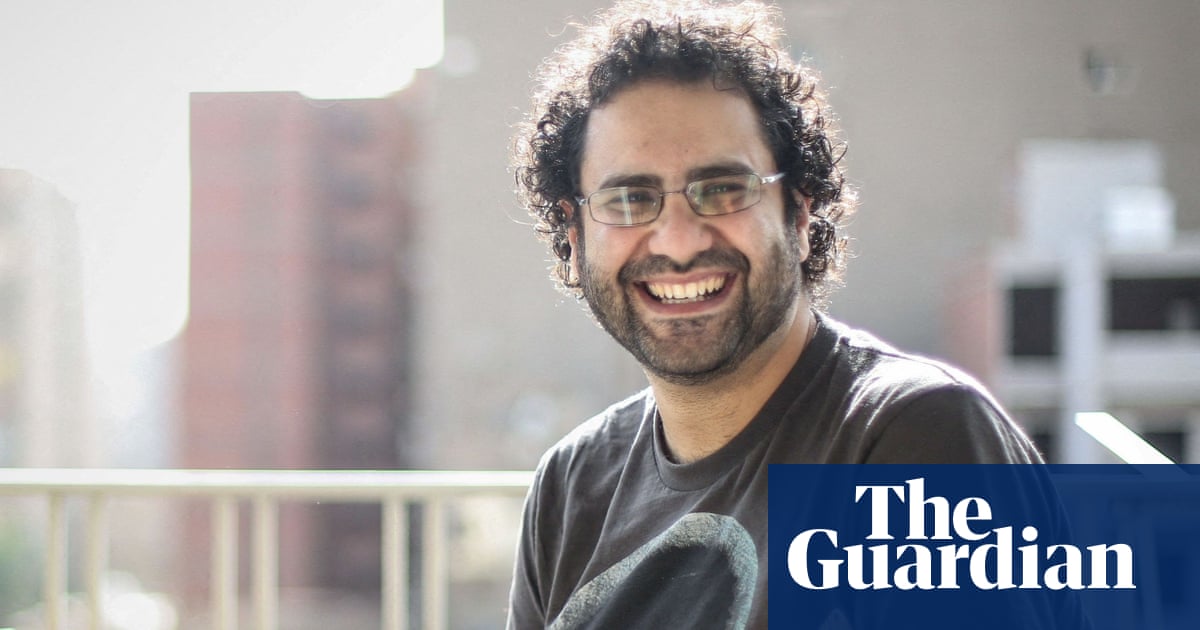
Phil Anderton makes no attempt to sugarcoat legacy issues that have proved detrimental to the reputation of golf. More importantly, though, he is on a mission to oversee progression and change.
“Golf historically has underperformed when it comes to women and girls, for a whole bunch of reasons,” says Anderton. “I think the sport and the R&A has made good progress but there is a hell of a lot more to do.”
Anderton, as the R&A’s chief development officer, is adamant it can be done. He is candid about harmful, historic images and experiences of his sport. Fundamental to his role is hauling golf, from leadership level down, into the 21st century. He regards a recent, 14% female club membership figure for the United Kingdom and Ireland as “unacceptable.”
Prior to Anderton’s appointment a year ago the governing body under Martin Slumbers had already embarked on a serious participation and modernisation drive to which women’s and girls’ golf is integral.
Figures reported an increase in women playing golf in any form leapt from 16% to 28% between 2019 and 2020 before the sport was boosted by the fallout from the Covid-19 pandemic but there are other battles to fight.
“We want more people playing more frequently but we want the participants to reflect society,” Anderton says. “Was I aware that this was a male-dominated sport? Absolutely.” It should be noted that the historic membership model to assess golf has been skewed by the millions – mainly youngsters – who now participate minus that attachment.
Anderton has seen more than enough to apply sporting and business context to effect change after stints across Coca-Cola, the Scottish Rugby Union, Heart of Midlothian and Al Jazira football clubs plus the ATP.
The current period is a key spell, in terms of public consciousness at least. The R&A’s girls and boys championships, completed at the weekend, have far more profile than ever before. The Women’s Open, backed by a blue-chip corporate partner in AIG, begins at Carnoustie on Thursday.
It is quite fair that the R&A, which has ploughed close to £100m into golf development in the last two decades, receives credit for this element of its work. The R&A’s women in golf charter has been backed up by this summer’s ‘FOREeveryone’ campaign.
‘I think golf in general fell previously into the trap of talking to itself,” Anderton says. “Golf talked to golf. If you didn’t play it, you didn’t know anything about it. I think it also fell into the trap of just putting on programmes; come here and learn about golf. If you have a perception barrier and people don’t think it is a sport or a brand for them, you can put on every course and build every structure you want but it will be incredibly difficult. Women and girls have to see this as a sport for them, promoted to them.
If you had once asked people in the UK for their perceptions of tennis, I think most would have said ‘Wimbledon, whites, strawberries and cream.’ Look at what we did with the ATP Finals in London, selling out at 250,000 tickets, and I think that answer would change.”
Female involvement remains considerably higher in tennis than golf. The enthusiasm of Anderton, about as removed from old school perceptions of the R&A as one could find, is infectious. He does not shirk at all when asked whether the Women’s Open should strive for the same prize fund as its male equivalent. Collin Morikawa collected $2m alongside the Claret Jug at Royal St George’s last month. Sophia Popov’s Women’s Open triumph at Troon a year ago was worth $675,000. Can the R&A envisage parity? “I absolutely see that as an ambition,” Anderton insists.
The R&A’s Great Britain participation report for 2020 showed an increase of 2.1m – to 5.2m – of adult players on full-length courses. The average age therein fell by five years, to 41. A quarter of female players were new to the sport while overall participation figures increased. Not that Anderton appears altogether interested in this world of unicorns and rainbows. Golf, he says, will see a “residual bump” but there is work to do.
“Martin was very clear that the R&A had in the early part of his tenure focused on building up the commercial income,” Anderton adds. “He and the team have done a brilliant job there. Why did we need to do that? Because we need the money to invest back into developing the sport. Martin made it very clear to me that to meet the long-term purpose of the organisation, to see the sport flourish in 50 years’ time, there is no point making money, having great governance and great championships if nobody is playing golf.” Whisper it but the R&A’s ongoing commitment to a greater good is worthy of high praise.











